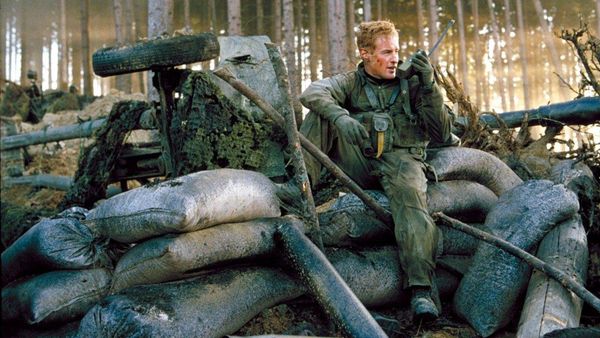Behind Enemy Lines (2001)

Exploring the Depths of “Behind Enemy Lines” (2001): Content and Significance
“Behind Enemy Lines,” directed by John Moore and released in 2001, is a gripping war film that combines intense action with a compelling narrative. The movie stars Owen Wilson and Gene Hackman, and it takes viewers on a high-stakes journey through a war-torn landscape, exploring themes of heroism, survival, and the complexities of military operations.
Content Overview
The film is set during the Bosnian War, and it follows the story of Lieutenant Chris Burnett (played by Owen Wilson), a U.S. Navy fighter pilot who is shot down over enemy territory. The movie opens with Burnett and his squadron on a routine reconnaissance mission. However, their mission takes a dangerous turn when they stumble upon a massacre of Bosnian civilians. The sensitive nature of their discovery makes it a high-risk situation.
Burnett’s aircraft is soon targeted and shot down by Serbian forces, and he finds himself stranded in hostile territory. As he battles to stay alive, he must evade capture and navigate a perilous landscape while awaiting rescue. Meanwhile, Admiral Leslie Reigart (played by Gene Hackman) fights to orchestrate a daring rescue operation amidst bureaucratic hurdles and political complications.

Significance and Themes
“Behind Enemy Lines” is more than just an action-packed thriller; it delves into deeper themes and offers insights into the nature of military duty and personal bravery.
- Heroism and Sacrifice: At its core, the film highlights the courage and sacrifice of soldiers. Burnett’s determination to survive and his unwavering commitment to his mission exemplify the qualities of a true hero. His resilience in the face of adversity reflects the sacrifices made by many in real-life military operations.
- Survival Against the Odds: The movie portrays the harsh realities of war and the will to survive under extreme conditions. Burnett’s struggle to evade capture and his resourcefulness in overcoming obstacles underscore the theme of human endurance and ingenuity.
- Military Operations and Politics: The film also explores the complexities of military strategy and the influence of political decisions on military actions. Admiral Reigart’s efforts to balance the need for a rescue mission with political constraints highlight the often difficult and morally ambiguous decisions faced by military leaders.
- Moral Dilemmas: By depicting the massacre of civilians and the subsequent consequences for the soldiers involved, the film raises questions about the ethical implications of warfare and the responsibilities of those who witness atrocities.

Conclusion
“Behind Enemy Lines” effectively combines action, drama, and moral reflection, offering audiences not only a thrilling cinematic experience but also a thought-provoking examination of the nature of war and the human spirit. Through its depiction of heroism, survival, and the challenges of military operations, the film resonates with viewers and prompts reflection on the broader implications of conflict and duty.











